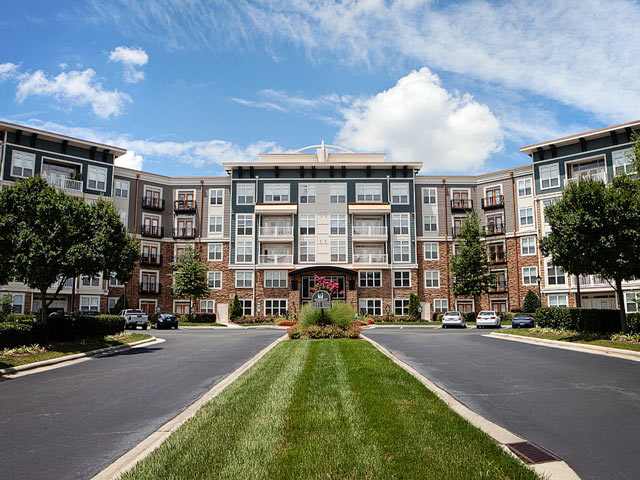Each stage in the real estate market cycle presents a variety of opportunities to shift the acquisitions thought process and the ability to various asset classes to our portfolio.
Our team is constantly monitoring the ever-changing stages of the market cycles. As we move into the 2020 year, we have decided to continue looking for B+ assets in a solid, class A areas in markets with strong market fundamentals. In addition, we have decided to begin looking for class A assets which will provide some diversity to our portfolio in the coming year.
As the market continues to stay strong and cap rates are low, we have seen the cap rate differential between various asset classes has compressed significantly. In stable markets that we are currently seeking assets, there is very little difference in cap rates from Class A to Class B to Class C. This makes it a very feasible option to start acquiring Class A assets as we move into 2020.
You may be asking yourself about the risk in investing in Class A assets compared to Class B or possibly Class C. The best asset classes to be investing in a strong economy, like the one we are in right now, is Class B and Class A.
We have researched the data back to the last recession in 2008 and noticed that the drop in vacancy across the asset classes was very little. It was between 30-50bps between the various asset classes and this presents are very positive outlook for the Class A assets staying stable for a future recession.
In order to fully understand the impact a recession has on the various asset classes; we must take a deeper dive into the difference between physical occupancy and economic occupancy.
Physical occupancy is the what tells us how many units are currently being occupied. This is a great stat, but this alone does not tell us how well a property is performing. We must be looking at the economic occupancy. The economic occupancy is what allows to know how many of our residents are paying their rents.
In the last recession we saw a major drop in the values of assets across all asset types, including multifamily. However, we do not really care what the value of our asset does in a recession because we are not planning to sell our assets in the middle of a recession.
One thing that stayed stable was the overall income off the assets. This is important as the income off the asset is what pays the mortgage and provides additional cash flows to be able to continue to make distributions to investors even in a recession.
The riskiest asset class at this point is the Class C and lower end Class B assets as these are hit the worst in a downturn of the economy. There are a couple of reasons why and I’ll explain to help you understand this better.
The lower class assets tend to continue to maintain their “physical” occupancy but the “economic” occupancy is what begins to take a hit. The residents within the lower class properties are the ones that lose their jobs the most when employers begin to make budget cuts.
This causes the assets to begin to have higher costs due to trying to evict these non-paying residents. This will cause the economic occupancy to tank while the physical occupancy still stays stable. This is why you must always look at both figures when determining how well an asset faired in the last recession.
The increased unemployment causes the lower end properties to begin to see evictions which causes higher lost revenue for non-paying residents, high legal fees due to evictions, and also higher expenses related to turning over the units more frequently. This causes the property to be strapped for cash and unable to make distributions for investors, or worse to be forced to sell the asset in a poor economy. Selling an asset in a down economy is never good for the passive investor.
As we charge ahead in 2020, our team will be continuing to look for the higher B+ class assets and will begin looking for the nicer A class assets which are around 5-10 years old.
The difference for an investor in an A class asset, is that the cash flows will be a little lower which would cause a lower preferred return to be achieved. In addition, the hold period would be more like 6-10 years instead of our typical 3-5 year time horizon.
Want to passively invest in our next offering? Click here to fill out the investor interest form and we will contact you to discuss your investment goals to make sure we are a good fit for each other.

